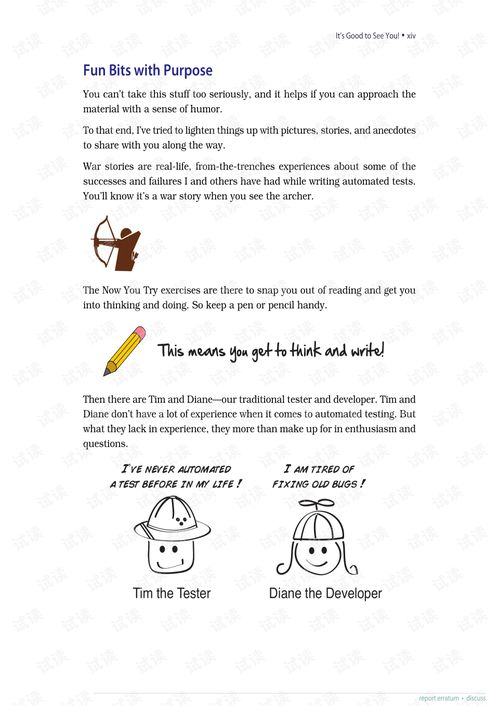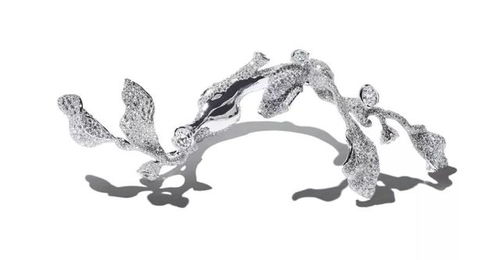Content:

Fishing is an ancient pastime that has been enjoyed by countless individuals around the world. Whether you are a seasoned angler or a beginner, mastering the art of fishing can greatly enhance your experience on the water. One of the key elements in successful fishing is understanding how to adjust your bait in the water, which is often referred to as "tuning the float." In this article, we will delve into the intricacies of fishing techniques and explore how to effectively adjust your bait under the water's surface.
Understanding the Float
The float, or bobber, is an essential piece of equipment in many fishing scenarios. It is used to indicate when a fish has taken the bait. The float is connected to the line via a swivel or a direct knot, and it sits on the water's surface or just below it, depending on the desired depth. The float's position is crucial, as it tells you when a fish is nibbling at your bait or has taken it completely.
Factors Affecting Float Position
Before we dive into the technique of adjusting your float, it's important to understand the factors that can affect its position. These include:
- Water Conditions: The density and temperature of the water can impact the float's buoyancy.
- Wind: Wind can push the float around, making it difficult to maintain a consistent position.
- Current: Currents can pull the float away from its intended path, altering its depth.
- Type of Bait: The weight and buoyancy of the bait can affect how the float sits in the water.
- Line Quality: The thickness and quality of the line can also influence the float's performance.
Adjusting the Float Depth
To adjust the float's depth, you need to understand how to manipulate the weight and position of the float and the bait. Here are some steps to help you achieve the desired depth:
Start with the Right Bait: Choose a bait that is appropriate for the fish you are targeting and the conditions of the water. For example, heavier baits are better for deeper waters, while lighter baits are ideal for shallow waters.
Adjust the Weight: Attach a weight to the line just above the bait. The weight should be sufficient to keep the bait at the desired depth but not so heavy that it pulls the float too deep.
Tie the Float: Connect the float to the line using a secure knot, such as a Palomar knot or a uni-knot. Ensure that the float is positioned above the weight.
Test the Depth: Cast the line out and let it settle. Observe the float's position. If it is too deep, add more weight; if it is too shallow, remove some weight.
Consider the Wind and Current: If the wind or current is strong, you may need to add more weight to keep the float stable. Conversely, in calm conditions, you may be able to use less weight.
Fine-Tune the Position: Once the float is at the desired depth, you can fine-tune its position by adjusting the length of the leader (the section of line between the float and the bait). A longer leader will result in a deeper float, while a shorter leader will keep it closer to the surface.
Maintaining the Float
Once you have your float adjusted to the perfect depth, it's important to maintain it throughout your fishing session. Here are some tips:
- Regularly Check the Line: Ensure that the line is taut and free of kinks or snags.
- Adjust for Changes in Conditions: Be prepared to make adjustments to the weight and leader length as the water conditions change.
- Be Patient: Fish can be unpredictable, and it may take some time to find the right balance for your float.
In conclusion, mastering the art of adjusting your bait in the water is a crucial skill for any angler. By understanding the factors that affect your float's position and how to manipulate them, you can significantly increase your chances of success on the water. Whether you are targeting bass, trout, or any other fish, mastering the technique of tuning your float will undoubtedly enhance your fishing experience. Happy fishing!












